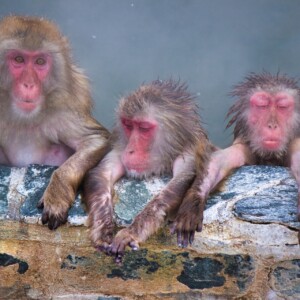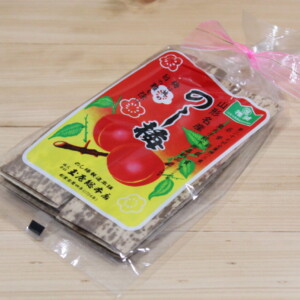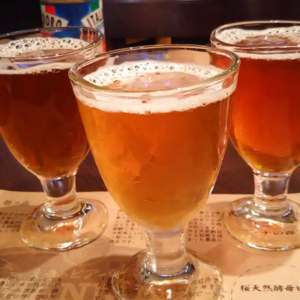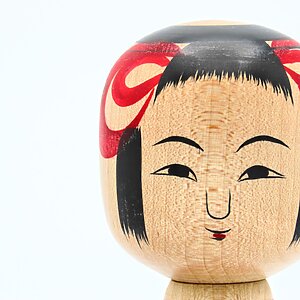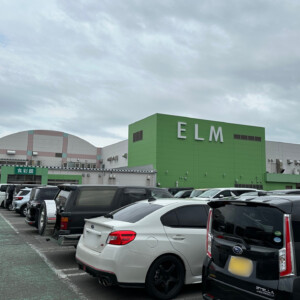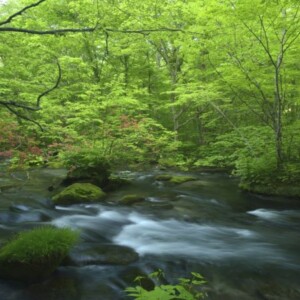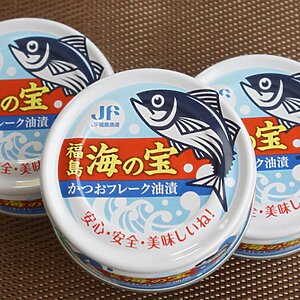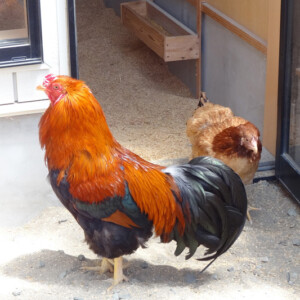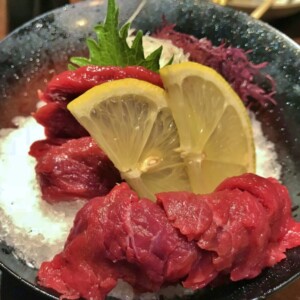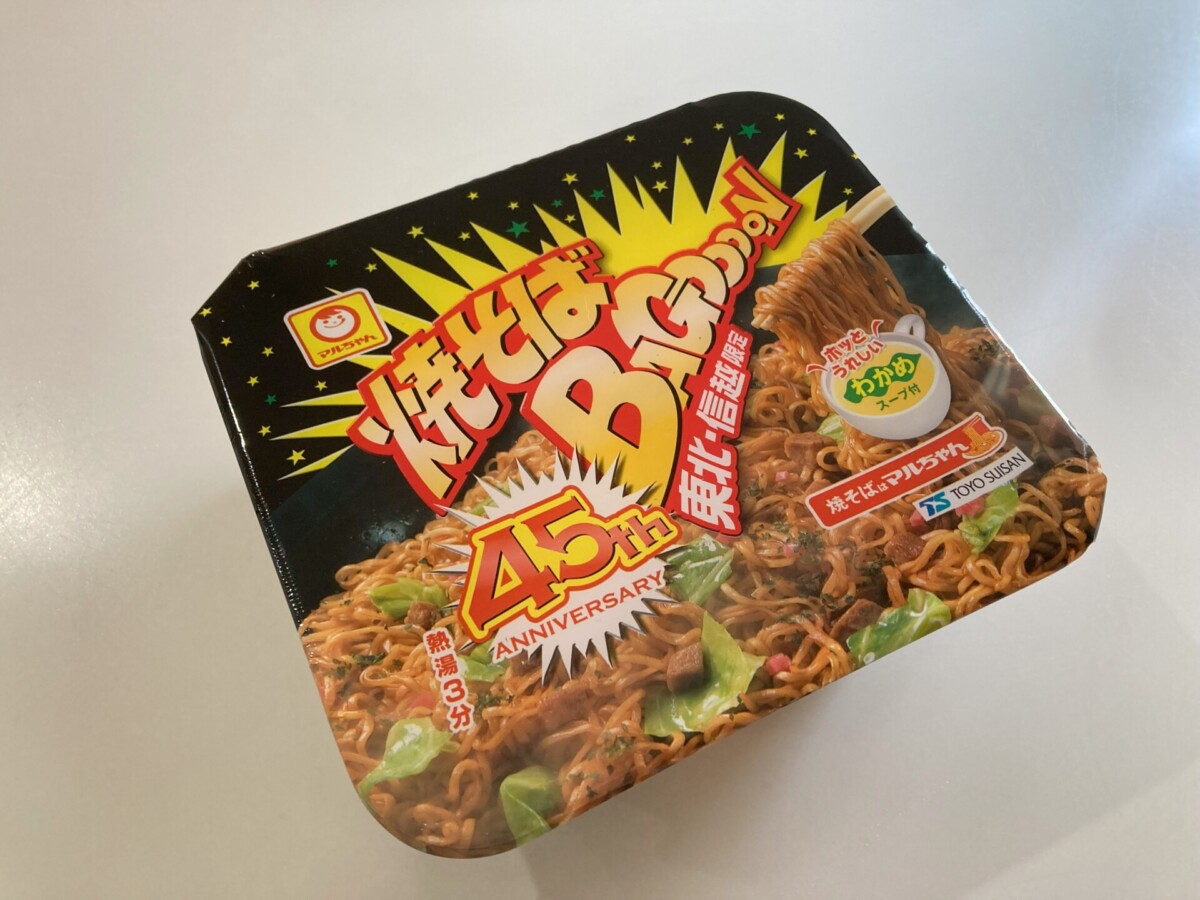
Why is Yakisoba Bagoon loved in Tohoku? Get closer to regional soul food
table of contents
One thing that surprises people living in Tohoku when they travel outside their prefecture Yakisoba Bagoon is not sold anywhere in the country. In fact, Yakisoba Bagoon is only available in the Tohoku and Shinetsu !
This article explains why Yakisoba Bagoong is so popular in Tohoku. If you're traveling to Tohoku, be sure to try Yakisoba Bagoong and experience Tohoku's soul food!
What is Tohoku's soul food, Yakisoba Bagoong?
"Yakisoba Bagoon" is a cup of yakisoba sold by Toyo Suisan, and has been loved by people in Tohoku for many years since its release in 1979. There are even some people in Tohoku who have never tried any other cup of yakisoba other than Yakisoba Bagoon. Supermarkets stock more Yakisoba Bagoon than the nationally famous "Peyoung" or "Nissin Yakisoba UFO."
The impactful name "Bagoon" is said to be imbued with the wish that people will work hard towards their dreams and goals. Previously released packaging featured illustrations of the six Tohoku prefectures, showing just how much people in Tohoku love Yakisoba Bagoon
Why is Yakisoba Bagoong so popular in Tohoku?
Why is Yakisoba Bagoong, a local product, so loved by people in Tohoku? We explored the reasons
Yakisoba Bagoong celebrates its 45th anniversary this year! (As of 2024)
Yakisoba Bagoong was born in 1979 and was initially sold nationwide, but sales did not grow as expected, so in the 1990s a different brand of cup yakisoba was developed. However, because Bagoong was so popular in the Tohoku and Shinetsu regions, it continued to be sold as is, and as a result, it is now a regionally limited product
Manufactured in Hachinohe, Aomori Prefecture
Yakisoba Bagoong was released in 1979 and was available nationwide until the mid-1990s. In fact, from its launch until 2012, it was produced in a factory in Hachinohe, Aomori Prefecture! Although it was originally a popular product in the Tohoku and Shinetsu regions, perhaps people felt a sense of familiarity with it because it was produced within the Tohoku region
A sweet sauce preferred by people from Tohoku
The distinctive feature of Yakisoba Bagoong is its light and sweet sauce
Hokkaido's famous "Yakisoba Bento" and the number one cup yakisoba "Nissin Yakisoba UFO" are known for their thick, rich sauces. Peyoung, the best-selling product in eastern Japan, has an exquisite sour and spicy flavor. Yakisoba Bagoong combines the best of all three cup yakisoba varieties, creating a unique flavor
The noodles are chewy and mix well with the sauce. The ingredients include plenty of cabbage and minced meat, making it very filling! There's also a sprinkling of green laver and pickled ginger, so you can enjoy a cup of yakisoba that's even more delicious
Comes with wakame seaweed soup, perfect for cold weather
Another feature of Yakisoba Bagoong is that it comes with seaweed soup. Winter comes early in Tohoku, and the first snow can fall as early as November. In such a cold winter, you'll want to drink some warm soup
Yakisoba Bagoon comes with seaweed soup, which you can drink after eating the yakisoba to refresh your mouth. Hokkaido, which also has a lot of snow, also has a "yakisoba bento" that comes with soup, so perhaps the common thread between cup yakisoba loved in snowy regions is seaweed soup
I tried Yakisoba Bagoong
I actually tried the Yakisoba Bagoong
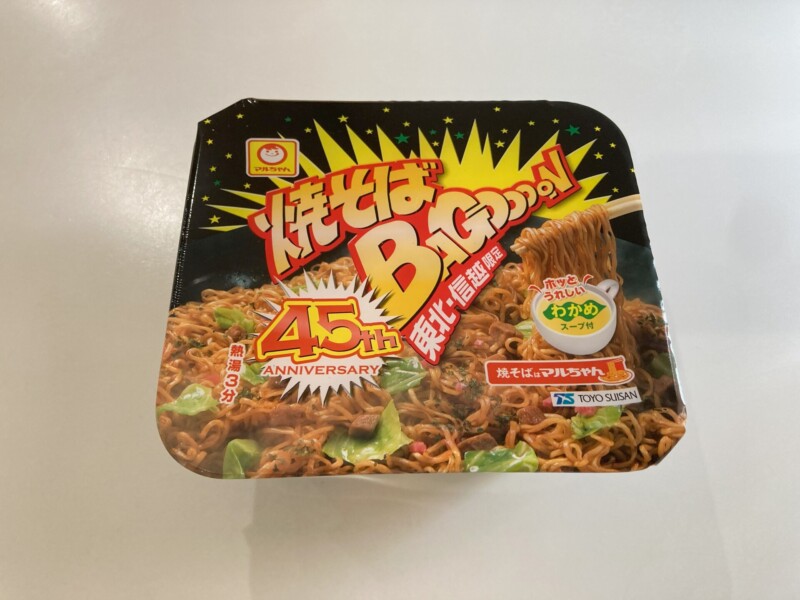
I hadn't noticed it before, but the package says "Tohoku and Shinetsu Limited Edition."
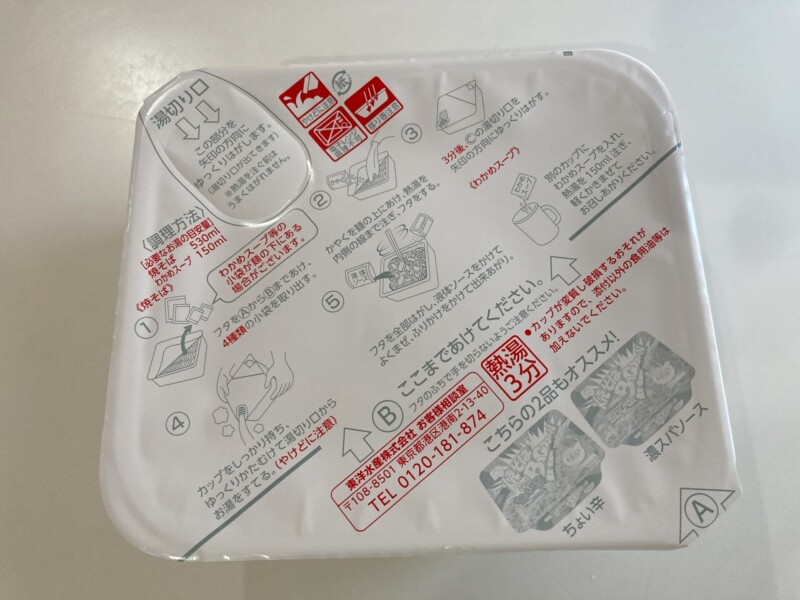
The instructions are illustrated, so even beginners can easily make it. The amount of water needed is 530ml for the yakisoba and 150ml for the soup. The soup is quite strong, so add more water to your liking
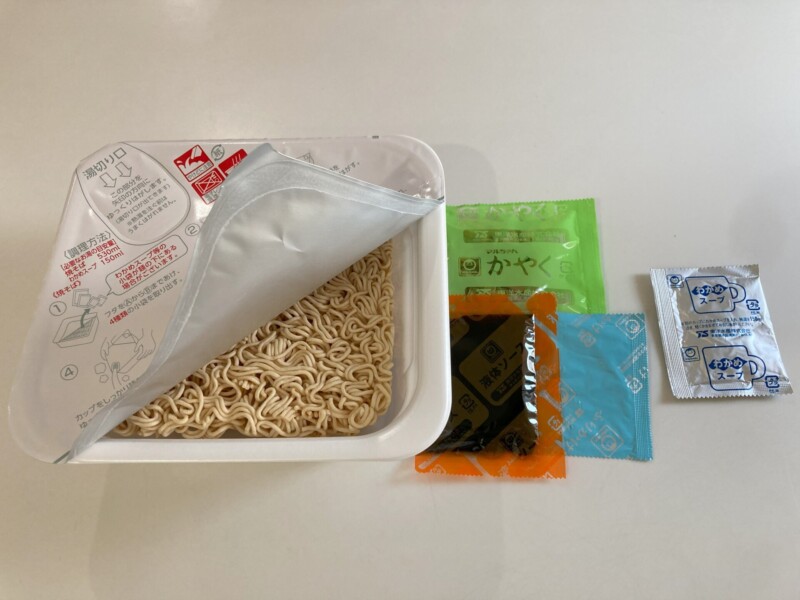
When I opened it, I found a garnish containing cabbage and minced meat, furikake seasoning, sauce, and seaweed soup. There are more packets than other yakisoba noodles, so make sure you remove all four before starting cooking
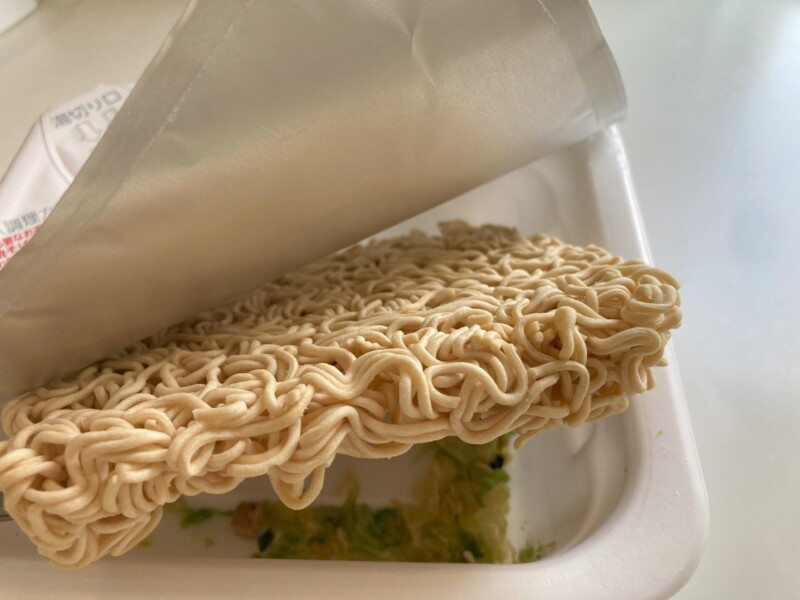
We'll add some garnishes, but here's a little tip
To prevent the cabbage from spilling out when draining the water at the end, place the toppings under the noodles. This way, you can enjoy the delicious, finely chopped cabbage without it spilling out. At this time, opening the lid more than the specified space makes it easier to place the toppings under the noodles
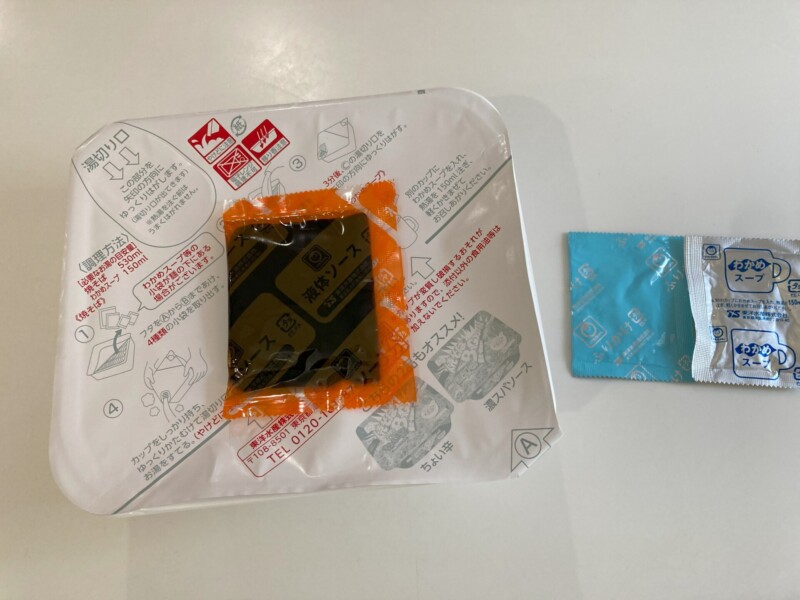
After adding the hot water, wait 3 minutes, but during this time, heat the liquid sauce. Although it's not written in the recipe, heating it will allow the oil to mix in, making it more likely to coat the noodles and make them taste better
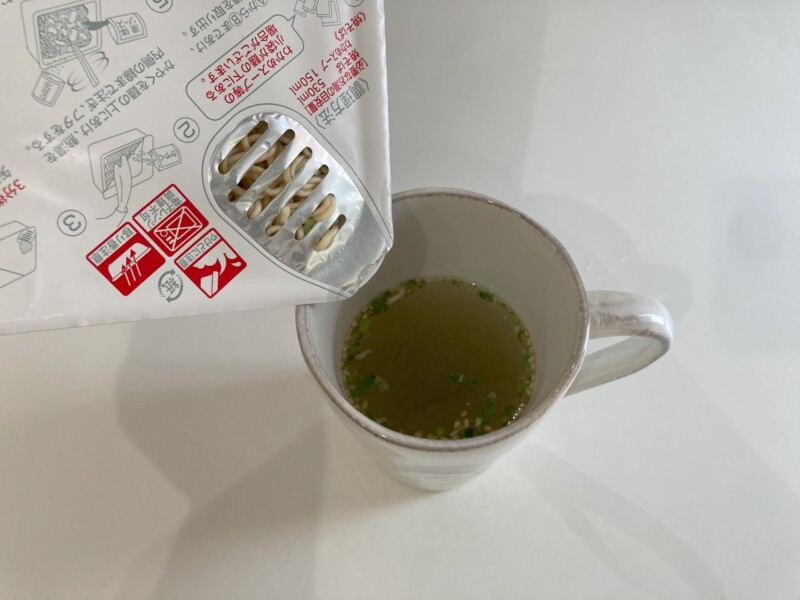
After three minutes, you discard the water, but since it would be a waste, you make seaweed soup with the water you discard. Am I the only one who feels happy when the noodles are added at this point? The correct way to make it is to use boiling water, but the small pieces of cabbage and noodles that flow out are added, so it feels like you've gotten a little something extra
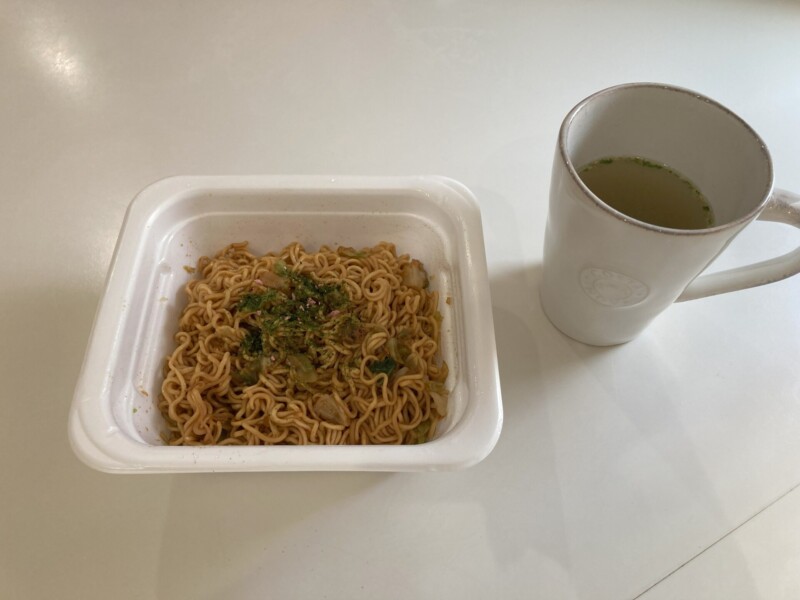
After draining the water, pour in the warmed sauce and mix, then top with furikake seasoning to finish. It also comes with wakame seaweed soup, so this alone makes a great yakisoba set meal! As you can see from the photo, it's filled with chunks of cabbage and minced meat
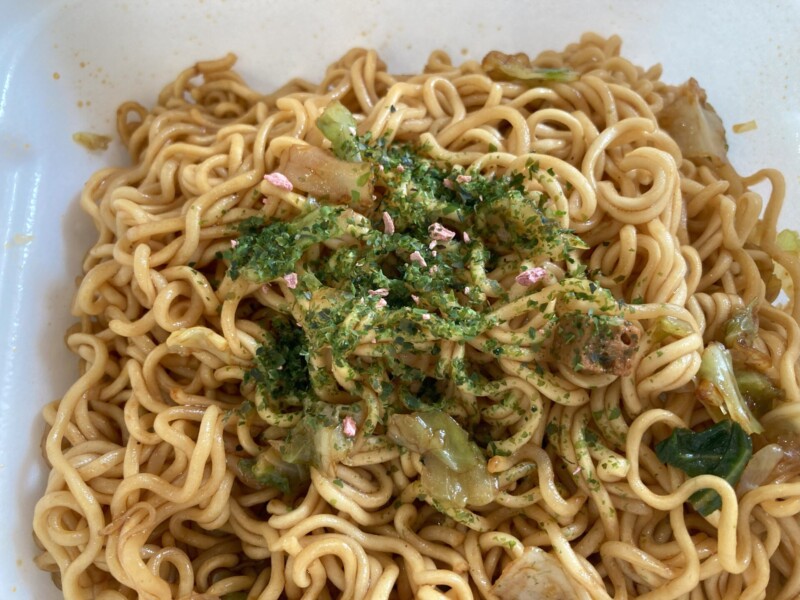
The toppings included the classic green laver and pickled ginger. The flavors of the green laver and pickled ginger added a nice accent to the dish, making it easy to eat right to the end without getting bored
We also recommend adding mayonnaise or mustard to change the flavor. Advanced eaters even add natto or curry as toppings. Be sure to try it out and create your own favorite arrangement
summary
What did you think? Yakisoba Bagoong is a rare cup of yakisoba that can only be purchased in the Tohoku and Shinetsu regions. Its addictive flavor, unlike any other cup of yakisoba, has been loved by the people of Tohoku for many years. If you visit Tohoku, why not buy some Yakisoba Bagoong and compare it with other cups of yakisoba?



![Is British toast food from prefectures? We'll take a closer look at the charm of local bread! [Aomori Prefecture] british toast package](https://jp.neft.asia/wp-content/uploads/2022/07/PXL_20240527_020838509-150x150.jpg)
![[Iwaki City, Fukushima Prefecture] A treasure trove of jumbo menus to beat the heat - 7 recommended big gourmet dishes in Iwaki City 280477_m_co](https://jp.neft.asia/wp-content/uploads/2022/06/280477_m_co-150x150.jpg)
!["Grandpa and Grandma Rejuvenate": A look into the charm of the manga set in Aomori [Anime starts broadcasting in April] 20240308-640jisanbasan001](https://jp.neft.asia/wp-content/uploads/2024/04/20240308-640jisanbasan001-150x150.jpg)
![[Goshogawara City, Aomori Prefecture] Elm's fresh market has been renewed! The seafood was so fresh it was amazing Elm exterior](https://jp.neft.asia/wp-content/uploads/2024/06/da191157e658986bcc13db0af555baef-150x150.jpg)
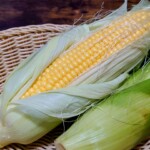
![Introducing the charms, recipes, and places to buy the traditional vegetable "Okurai Bean Sprout" made with hot spring heat [Aomori Prefecture] Owani bean sprouts](https://jp.neft.asia/wp-content/uploads/2024/10/9ae169e4f7d47f3a23a15c206f6dddab-150x150.jpg)
![The simplicity is irresistible! Getting to the appeal of "Tsugaru Kanayamayaki" [Goshogawara City, Aomori Prefecture] 8032_Tsugaru Kanayamayaki (Tsugaru Kanayamayaki)](https://jp.neft.asia/wp-content/uploads/2024/10/f21682c6b355bc0e91d804466b2643f7-150x150.jpg)
![Takasago Foods' "Nabeyaki Udon" is so delicious! Why are so many people buying boxes of it? [Aomori Prefecture] Takasago Foods Nabeyaki Udon completed and packaged](https://jp.neft.asia/wp-content/uploads/2025/01/0de4a5da995e6ad0eb526a59231c6c3f-150x150.jpg)
